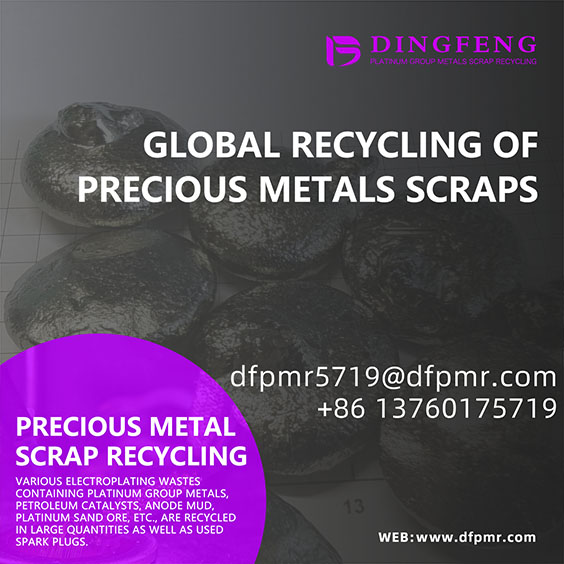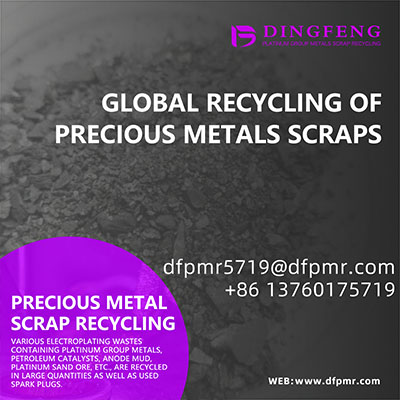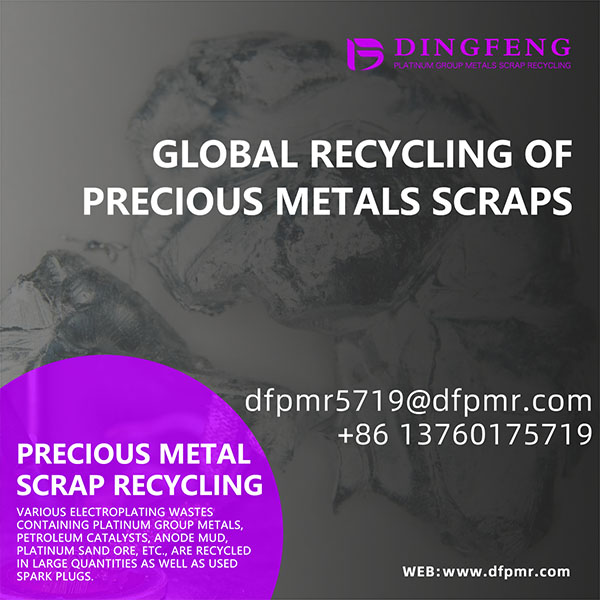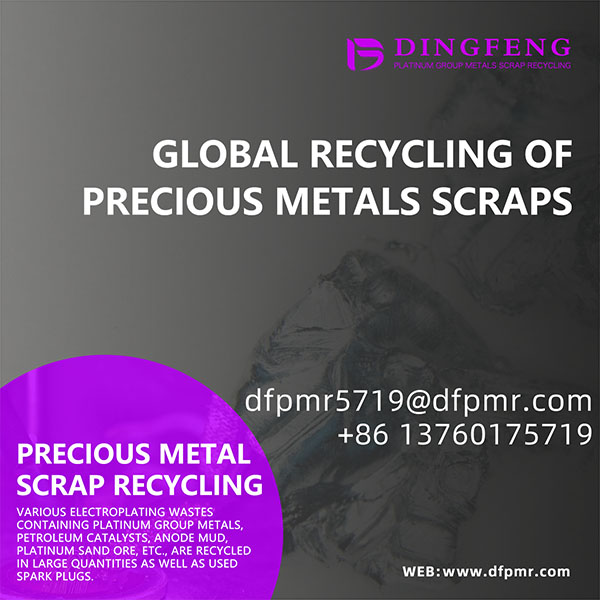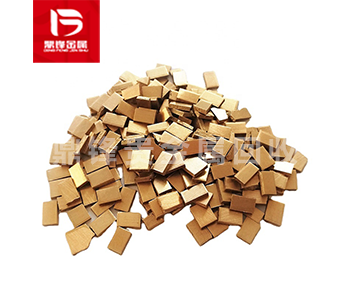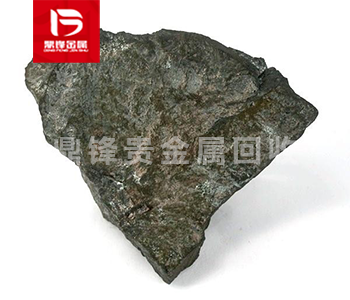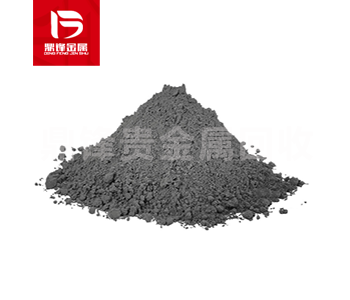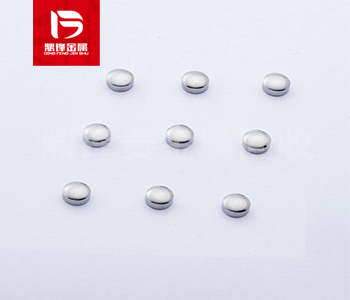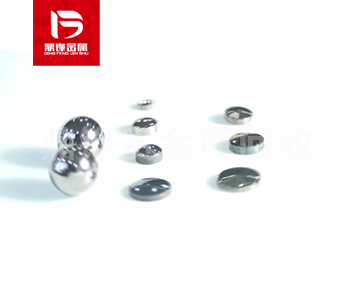The Future of Germanium Recovery and Its Potential Impact on Circular Economy
Germanium, a rare Metalloid, is becoming more and more important in the modern world. It is used in various industrial applications, including fiber optics, infrared optics, solar cells, and LEDs. Wit
Germanium, a rare Metalloid, is becoming more and more important in the modern world. It is used in various industrial applications, including fiber optics, infrared optics, solar cells, and LEDs. With the depletion of natural resources and the increasing demand for germanium products, the recycling and utilization of germanium has become a key factor in meeting industry needs and protecting the environment.
Germanium is usually produced from zinc and lead ore, mainly as a byproduct, and can be recovered through various technologies. The traditional methods for recovering germanium include solvent extraction, ion exchange, and precipitation. However, due to low efficiency and high operating costs, these methods have become increasingly unpopular in the recovery of germanium. A new process called hydrometallurgy has shown the prospect of recovering germanium, which includes leaching, Liquid–liquid extraction and electrolysis. Compared to traditional processes, this technology has the potential to provide higher extraction efficiency, lower costs, and lower environmental impact.

For environmental and economic reasons, recycling germanium is also crucial as it can reduce the extraction of original germanium resources and reduce costs. In recent years, the recycling of germanium has been increasingly adopted, especially in Japan and Europe. In Japan, the recovery rate of germanium in 2020 was close to 70%, mainly due to its strict environmental regulations, and this trend is expected to continue in the future. In Europe, the recovery rate of germanium is about 30% -40%, with a focus on recovering germanium from waste electronic products. The concept of circular economy emphasizes the importance of resource management and waste reduction, which is crucial for sustainable development. The recovery and recycling of germanium can greatly promote a circular economy, as germanium is a limited resource that may be depleted by increasing demand in high-tech applications.
The technological utilization of germanium is expected to increase, especially in the fields of 5G networks and renewable energy, which provides significant opportunities for the recovery and recycling of germanium. Germanium is widely used in optical fibers and infrared optical systems. With the increase in the number of internet users, the demand for fiber optic cables using germanium is expected to increase. Similarly, the renewable energy sector, especially solar cells and wind turbines, requires germanium for effective energy conversion, and as the world shifts towards renewable energy, the demand for germanium may increase. According to a study by the International Energy Agency (IEA), the global renewable energy industry will grow by 50% in the next five years, and its consumption of key minerals such as germanium, indium and lithium will also increase. This provides an important opportunity for germanium recovery, and advanced recovery methods such as hydrometallurgical technology can help meet this demand while minimizing environmental impact.
&Quot; Dingfeng Precious Metals Recycling includes precious metals such as gold, silver, palladium, rhodium, platinum, germanium, iridium, ruthenium, etc. This is our business in precious metal recycling. If you have precious metals such as gold, silver, palladium, rhodium, platinum, germanium, iridium, ruthenium that need to be recycled, please contact us and we will provide you with a satisfactory price& Quot;



